Overview
Map
Other Details
كنيسة مار يوحنّا المعمدان
Aamchit
Jbeil
Mount Lebanon
كنيسة مار يوحنّا المعمدان - كفركخلي عمشيت بُنيت كنيسة أولى في الموضع سنة ١٧٥٠ على اسم مار روحانا. أواخر القرن التاسع عشر وُسِّعت على شكل عقدٍ مُصالبٍ وكُرّست على اسم مار يوحنّا المعمدان لتُصبح كنيسةً رعائيّة. تضمّ الكنيسة ثلاث لوحات محليّة الصنع: عماد المسيح، مار روحانا ومار يوسف. The church of St John the Baptist - Kfarkekhly Amchit The first church was built in 1750 and dedicated to St Rouhana. The current large crossed vaulted structure was built in the late XIXth century and dedicated to St John the Baptist as a parochial church. The church holds three locally made paintings: The Theophany, St Rouhana, St Joseph.
Visited 2482 times, 1 Visit today




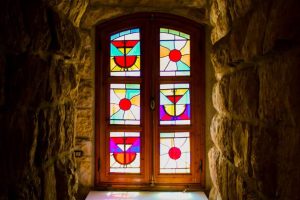




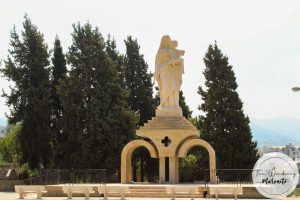
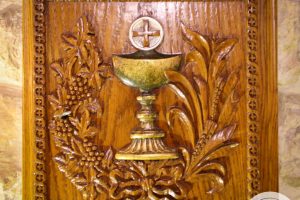
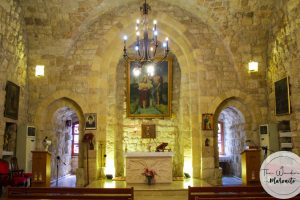










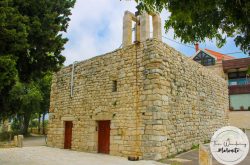
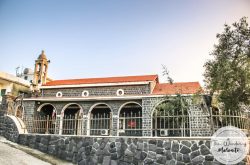
Reviews are disabled, but trackbacks and pingbacks are open.